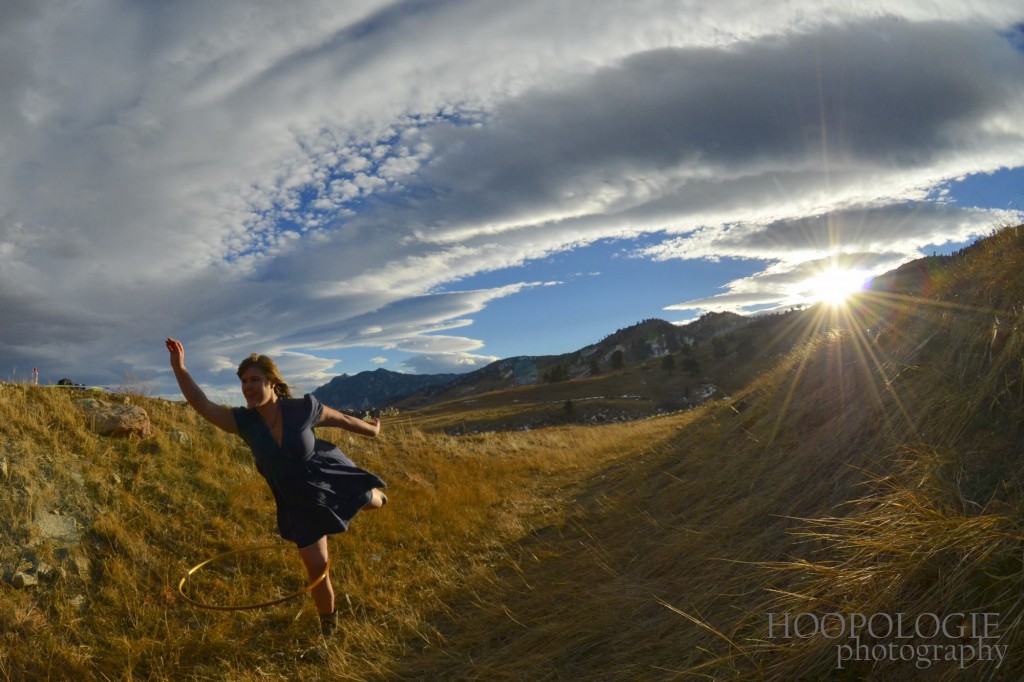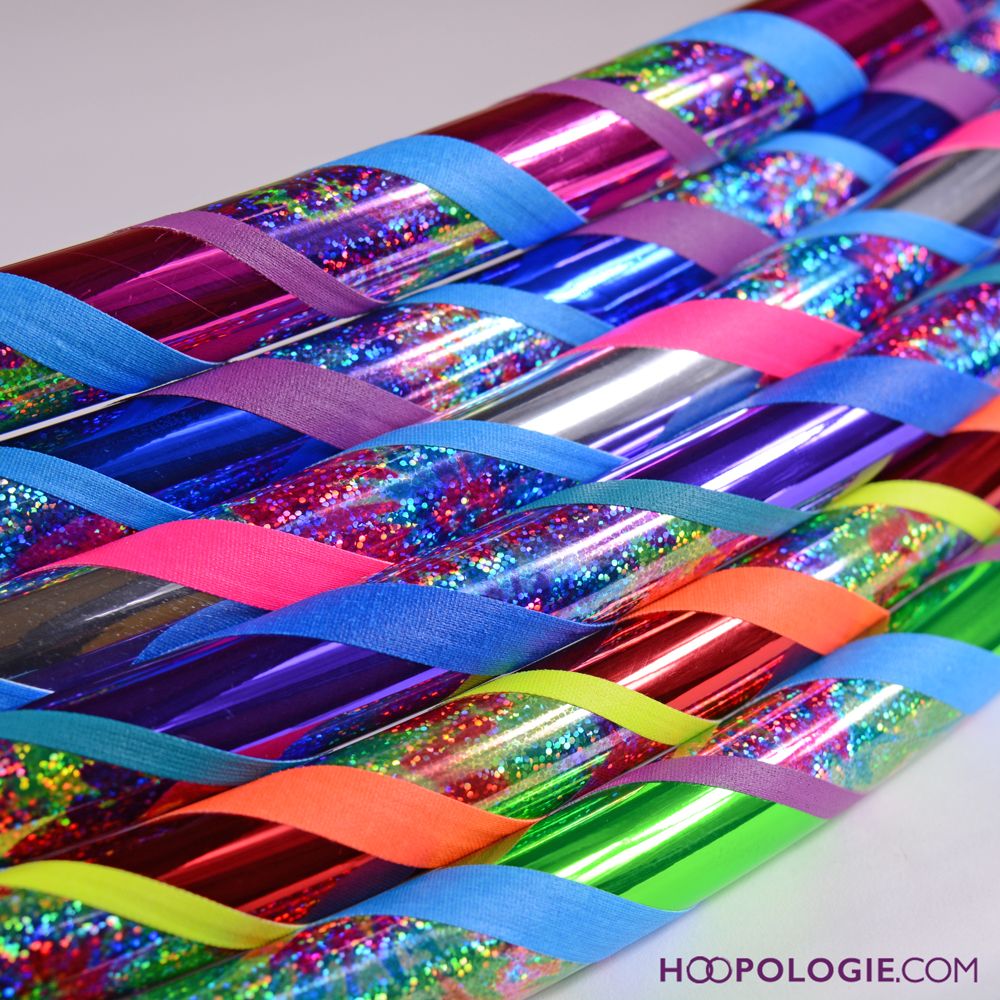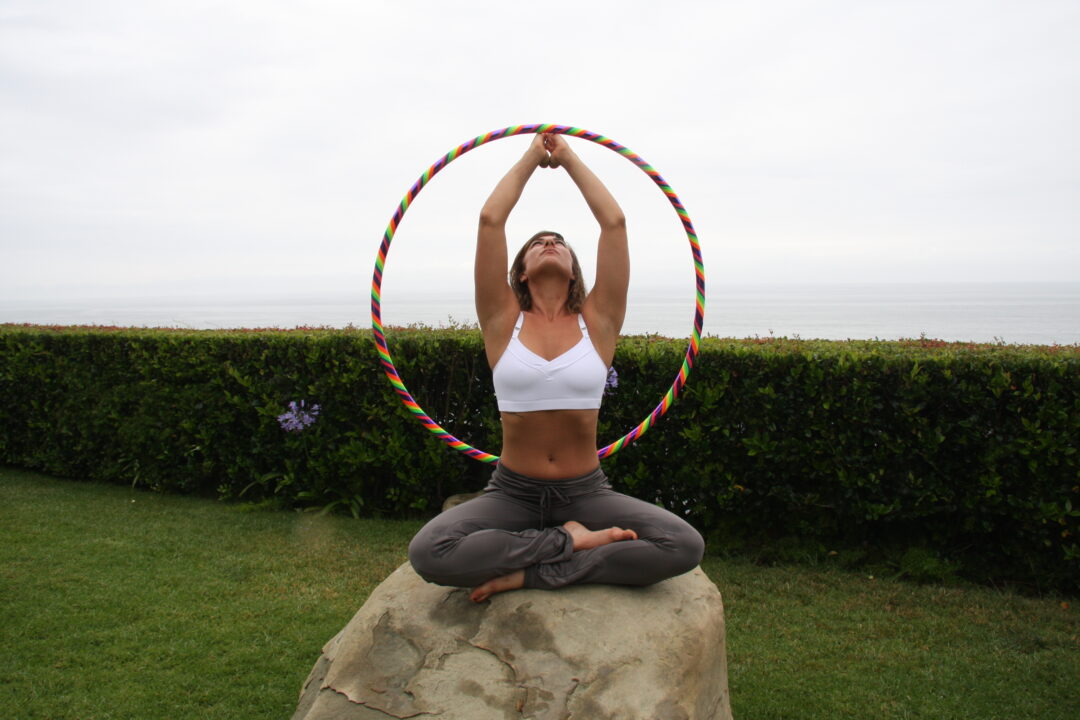What enters your mind when you think of meditation?
For many hoopers, hooping itself becomes so freeing, so opening, that the focus on our awareness and presence inside the hoop allows us to enter the ethereal flow state. Our thought process slows, and the movement takes a hold, providing a complete release from the need to think about how or what we are going to do next. Because this state creates such powerful feelings, often leaving hoopers high from the release, the term “meditative hooping” frequently comes into play. And once this state is felt for the first time, it almost always keeps us coming back for more. There are, however, some big differences between meditative hooping and meditation techniques where stillness is key.
Now, just because there are important differences between them that should be noted, that doesn’t at all imply one modality is “better” than the other. Rather, I’ve experienced a breathtaking synergy occur when both movement and stillness forms are practiced in every day life, and I wish to share in the hopes that you, my fellow hoopers, may experience it as well.
Meditative hooping becomes so transfixing to the hooper practicing it because it provides a release from the near constant thought process of our human reality. Mixing this release with movement (which inherently makes us feel better and is its own release in and of itself) ultimately allows us to expand our perception into a greater frame of reference. We receive in unconditional self-love, confidence, joy, and self-power, while simultaneously releasing fear, doubt, and worry. We can simply be the movement we are creating. And creating feels good. Very good.
The upside is that when meditation and meditative hooping are practiced on a regular basis, the benefits are utterly overwhelming and penetrate every facet of your life.

So what’s the difference? Why should you consider incorporating one or more meditation techniques in which the body is still into your daily routine?
While meditative hooping and other movement based meditations allow us to connect with our bodies’ possibilities amongst the various planes of motion, meditation techniques in which we lie or sit still provide the opportunity to focus on the natural rhythms of the body that usually remain in the subconscious. Going even further, these modalities gift us the ability to focus on nothing but pure awareness. While it may seem paradoxical that practicing thinking to the most minimal degree possible sprouts incredible personal growth and new, enhanced thought processes, it remains one of the most important truths I’ve discovered in my life thus far. These types of meditation, such as Zen, Mindfulness, Vipassana, etc… have become so critical to my own personal well-being that I can’t imagine life without them. My body and mind crave that time every day to slow down, relax, and flow into the flow of awareness itself. In these moments I have witnessed myself effortlessly answer important life questions that were pertinent at the time, and quite simply experience raw happiness, which overflows into everyday life once these techniques have been practiced long enough.
Meditation, however, is by no means an easy practice. Just as hooping requires discipline, perseverance, and willpower, so too does the practice of being still. The upside is that when both of these are practiced on a regular basis, the benefits are utterly overwhelming and penetrate every facet of your life. However cheesy and cliché it may sound, I never thought these practices would help me surpass a level of happiness and contentedness I never knew was possible. This is why I implore you beautiful hoopers to give stillness practices a try. Whether it be five minutes, 30 minutes, or an hour every day, every little bit makes an incredible difference.
Below I’ll leave you will a few references to some wonderful meditations to help you get started. If you don’t like the particular voice of the person, that is perfectly okay. Simply search for another one of the type you enjoy, and you will be amazed at the results you discover. There is an overflowing wealth of free resources thanks to this beautiful tool we call the Internet, so take advantage of it! And if you ever have any questions, concerns, or thoughts you’d like to share, I’m always open to share space with you.
This website provides countless varieties!
Yet another website with quite a few practices.
Just remember: Feel the movement, feel the flow, let go.
To get started hooping, Hoopologie and Hoopnotica sell a number of beginner and advanced hula hoops.
Hoopologie Beginner Fitness and Travel Hoops

Hoopnotica Beginner Travel Hoops

*Disclosure Hoopnotica is owned and operated by Hoopologie.








